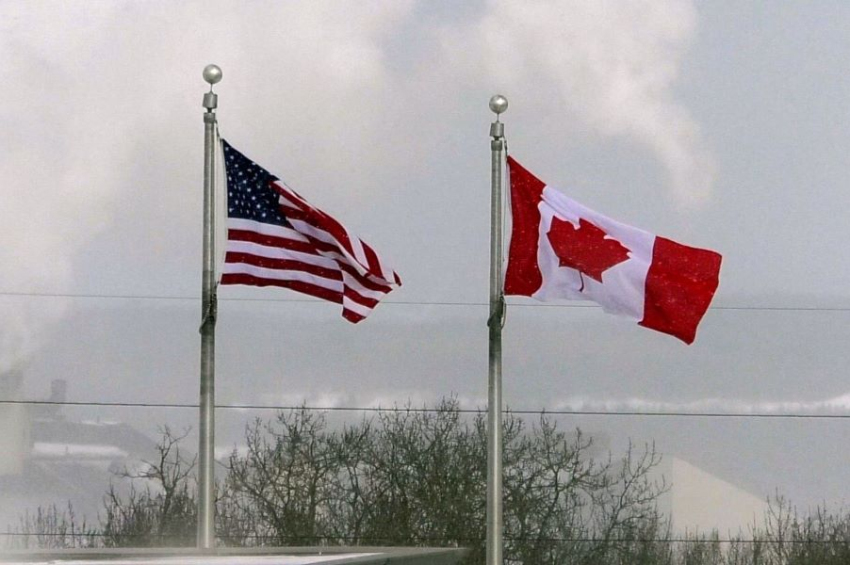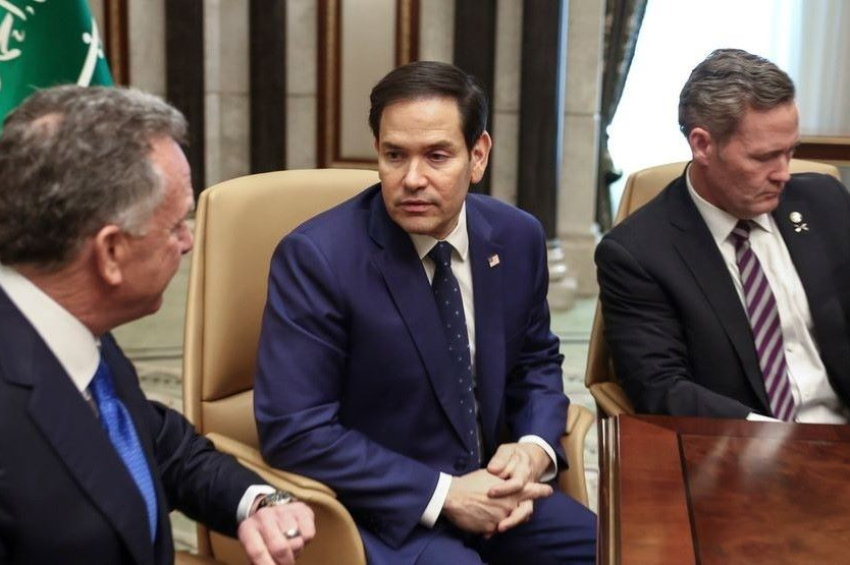The man who eats alone
Behind the gilded walls of the Kremlin lies one of the most secretive and tightly controlled operations in the world—an elite food security network designed to protect Vladimir Putin from poisoning and other health risks.
What he eats and where his food comes from are classified information, unknown even to his closest oligarch friends. While such precautions may seem logical for any national leader — especially one governing a major world power — the scale and complexity of the Kremlin's food security operation are extraordinary.
More to read:
Putin orders scientists to beef up efforts for life extension technologies
While Putin's "presidential" menu surely offers a variety of delicious and healthy meals, the real intrigue lies in the elaborate system ensuring every bite is safe. Unlike leaders of democratic nations, who routinely accept dinner invitations from foreign counterparts, the Russian dictator cannot afford such liberties. Even his longtime Belarusian ally, Alexander Lukashenka, rarely shares a meal with him.
When traveling abroad, Putin brings his own chefs, food supplies, mobile laboratories, and medics. Foreign kitchens are not trusted. From handpicked farms to real-time chemical testing, hundreds of specialists work around the clock to ensure every bite is safe.

A suspected Putin "clone" dining during a reception some time in 2018-20. Credit: Interfax
But just how far does the Russian leader go to guard his plate — and what does it reveal about the paranoia at the heart of his regime?
The Kremlin’s food infrastructure
The infrastructure surrounding Vladimir Putin's food security is believed to be one of the most secretive and meticulously controlled systems within his vast security apparatus. Given his well-known paranoia about potential threats, including poisoning, the process of acquiring, preparing, and serving his meals involves multiple layers of scrutiny and specialized personnel.
While the exact structure remains classified, evidence from defectors, investigative journalists, and former insiders suggests an intricate system as tightly guarded as Russia's nuclear weapons program.
Food acquisition
The process begins with a highly controlled supply chain. All food and beverages are sourced exclusively from trusted suppliers and specialized farms under state oversight. These sources undergo constant surveillance and inspection by a specialized unit comprising security personnel and scientists.
The system relies on a small, state-vetted network of exclusive producers who provide fresh ingredients. These farms and facilities, likely located within Russia, are maintained under strict security protocols. No foreign or unverified products are allowed in Putin's food supply chain. If Putin desires a particular foreign cuisine, trusted domestic chefs recreate it locally.
Storage and transportation
Food intended for Putin is stored in high-security facilities equipped with advanced surveillance and biometric access controls. Ingredients are transported in tamper-proof, sealed containers to prevent interference during delivery.
Deliveries are accompanied by armed security and members of the Federal Protective Service (FSO), an elite branch responsible for the president's protection. Every step of the logistics chain is monitored to prevent any tampering.
Quality verification
Before any food reaches Putin's table, it undergoes rigorous chemical and biological testing to detect poisons, toxins, and radioactive substances. If he is away from the Kremlin, food is analyzed in mobile laboratories that travel with his convoy.
Random samples from each batch are tested before consumption. In some cases, food tasters may still be employed to mitigate risks, though the specifics remain unknown.
Food preparation
Cooking skills and professionalism are important for working in the Kremlin kitchen, but loyalty is paramount. Putin's personal chefs are carefully handpicked, undergo extensive background checks, and work under constant surveillance. Even their families are subject to periodic investigations.
Many kitchen staff are believed to be FSO agents or individuals with military intelligence ties, capable of resisting both external infiltration and internal compromise.

Waiting for borshch at a table with workers. Credit: TASS
Meals are prepared in secure, monitored kitchens located within the Kremlin, official residences like Novo-Ogaryovo and Valday, and special mobile facilities when traveling.
Even with tight security, Putin doesn’t fully trust the people who feed him. No single individual handles every stage of preparation to prevent any one person from compromising the food; at least two persons do every job, keeping an eye one on another.
Serving and consumption
To prevent premeditated attacks, Putin's meal schedule and menu are changed frequently. Duplicate meals are prepared, and he may receive multiple identical plates, choosing one at random to eat.
Meals are served under sealed conditions to prevent last-minute tampering and remain under surveillance until the moment he consumes them. Some sources allege that automated chemical sensors or trusted staff test the final dish moments before serving. It is also rumored that a designated taster still exists, though when and how they sample the food remains unclear.
Staff and personnel involved
Feeding Vladimir Putin involves a vast and highly coordinated network of professionals working around the clock to ensure his safety. Thousands of people are working round o’clock to keep the Russian leader’s stomach full and healthy. Estimates suggest that several hundred individuals are directly involved in food-related operations, including:
- The FSO: This elite security agency oversees every aspect of Putin’s food security, from acquisition to consumption. At least 30-50 FSO agents oversee the physical handling of food and protect the supply chain during travel.
- Chefs and kitchen staff: Fewer than 10 specialized chefs with military-grade clearance likely work directly with Putin’s meals.
- Laboratory analysts: Around 20-50 scientists, chemists, and biologists are responsible for testing food for toxins and other threats.
- Logistics and delivery teams: A further 50-100 personnel are involved in handling secure food transportation and monitoring supply chains.
- Medical team: Up to 20 physicians, including specialists in toxicology and infectious diseases, are on standby during meals. A rapid-response medical team equipped with advanced diagnostic and detoxification tools is always nearby.
- Personal security details: Several trusted bodyguards remain in close proximity to Putin 24/7, some potentially tasked with responsibilities to serve and test his food.
In total, an estimated 200-300 individuals play a direct role in safeguarding Putin's food supply.
Eating alone
Unlike leaders of democratic nations, who often accept dinner invitations from their counterparts, the Russian dictator cannot afford this sort of freedom and rarely joins someone for lunch – even his longtime Belarussian ally Alexander Lukashenka.
When traveling abroad, Putin brings his own chefs, food, mobile laboratories, and medics, as foreign kitchens are deemed too risky.
More to read:
What’s new in Putin’s palace after repairs: a throne, chapel, cryo-sauna and anus massage tub
This extreme caution reflects historical precedent — Soviet leaders like Joseph Stalin also employed food tasters out of fear of poisoning. For Putin, whose power depends on his physical presence and an image of invincibility, even a small vulnerability, such as his diet, is considered a national security threat.
For anyone granted the rare privilege of dining with Putin, the process is an ordeal. Guests reportedly endure weeks of solitary quarantine, exhaustive medical tests, and extensive security clearance. Since the COVID-19 pandemic, Putin's obsession with personal health and safety has only intensified.
If you ever see President Putin eating in public or enjoying a hamburger on television, it is most likely a carefully orchestrated illusion involving a body double in makeup. The real Putin keeps commoners at bay and eats alone.

Putin (the real one) and his ministers during a cabinet briefing. Credit: Kremlin
***
NewsCafe is an independent outlet. Our sources of income amount to ads and subscriptions. You can support us via PayPal: office[at]rudeana.com or https://paypal.me/newscafeeu, or https://buymeacoffee.com/newscafe - any amount is welcome. You may also want to like or share our story, that would help us too.






